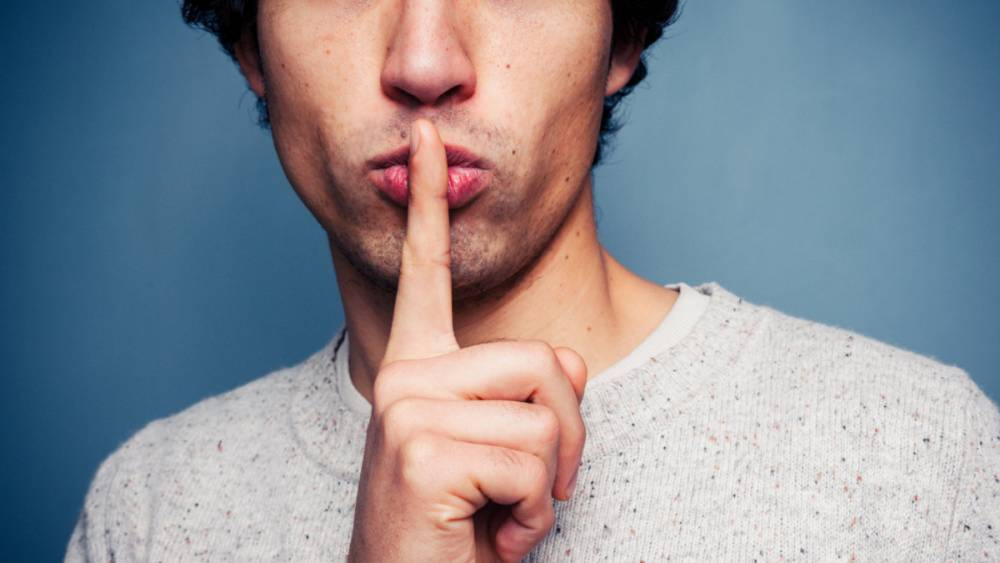Unlock the secrets behind movement in body language! From subtle gestures to grander movements, learn how non-verbal cues speak louder than words. Dive into this guide to decode what people are truly saying without even opening their mouths!
Table of Contents
Introduction
Have you ever felt like someone was saying one thing but their body was telling you something completely different? Well, that’s the magic of movement in body language. It’s like an unspoken conversation that happens in the background, often louder and more honest than actual words. From the way we cross our arms to the way we tap our feet, these movements communicate a ton about how we feel, think, and even what we’re hiding! But don’t worry, decoding movement in body language isn’t as complicated as it seems. Once you get the hang of it, you’ll be reading people like a book.
Let’s dive into the fascinating world of movement in body language and uncover what’s really going on when words aren’t enough.
What is Body Language?

Before we jump into movements, let’s get the basics down. Body language refers to all the non-verbal cues we use to communicate—things like facial expressions, posture, gestures, and even how much personal space we take up. It’s like our body’s own little language that runs parallel to what we’re saying.
But here’s the kicker: many of these movements are subconscious. You might not even realize you’re slouching during a boring meeting, or that your tapping foot is giving away your impatience! This makes body language a bit of a truth-teller—our true emotions tend to slip out through our gestures.
The Power of Movement in Body Language
Now, let’s talk about movement in body language. This refers to how we move our bodies, whether it’s something small like a tilt of the head or bigger gestures like throwing up our hands in frustration. These movements offer tons of insight into our feelings and intentions.
Types of Movements in Body Language
There are a few different types of movements that stand out in body language. Let’s break them down:
Gestures
Gestures are probably what come to mind first when you think about body language. They’re movements we make with our hands, arms, or head, and they help emphasize or complement what we’re saying. Think about how someone waves their hands wildly when they’re excited or clenches their fists when they’re angry.
- Open gestures: Like open palms or spreading arms, they usually indicate openness or honesty.
- Closed gestures: Crossing arms or hiding hands in pockets can signal discomfort or defensiveness.
Facial Expressions
Though not always categorized strictly as movement, facial expressions are a big part of body language. A raised eyebrow can say, “Really?” without a word spoken. Meanwhile, a furrowed brow screams stress or confusion. People tend to trust facial expressions because they often reveal emotions we can’t hide easily.
- Eye contact: A major player in body language. It can show confidence, interest, or even aggression depending on how intense or prolonged it is.
- Smiling: A universal signal of friendliness and warmth, though sometimes it can mask discomfort.
Posture
Your posture can change everything! The way you hold yourself—whether you’re slouching or standing tall—sends strong messages about how you’re feeling.
- Upright posture: Suggests confidence and openness.
- Slouching or leaning away: Often shows disinterest, insecurity, or even boredom.
Foot Movements
Surprisingly, your feet can reveal more than you’d think. People who are nervous or anxious might shuffle their feet, while someone comfortable and relaxed often keeps their feet firmly planted.
- Tapping: If someone’s tapping their foot, they’re probably impatient or nervous.
- Pointing feet: Ever notice how someone’s feet point in the direction they want to go? This often happens subconsciously in social settings. If their feet point towards the door, they might be ready to leave.
What Different Movement in Body Language Say About You

Body language experts often say that actions speak louder than words—and they’re not wrong! Here are some common movements and what they might be signaling:
Crossing Your Arms
When someone crosses their arms, it’s easy to assume they’re closing themselves off. This is a classic sign of defensiveness or discomfort. However, it can also mean someone is just cold or comfortable, so context is key!
Leaning In vs. Leaning Away
Leaning into a conversation shows interest and engagement, while leaning away can signal disinterest or discomfort. But if someone leans back with their arms behind their head, it might indicate confidence or dominance.
Rubbing Hands
Ever noticed someone rubbing their hands together? This is usually a self-soothing behavior. It can mean they’re feeling nervous or anxious. On the flip side, it can also signal anticipation, like they’re getting ready for something exciting.
Fidgeting
Fidgeting, like playing with hair, tapping fingers, or shifting in a seat, is often a sign of nervousness or restlessness. However, some people fidget purely out of habit.
How to Use Body Language to Your Advantage
Now that you’ve got the lowdown on movement in body language, how can you use it in your favor?
- Be conscious of your own movements: Self-awareness is key. Pay attention to how you move, especially in professional or high-stakes settings. Are you tapping your foot during a job interview? Crossing your arms on a first date? These small movements could be sending unintended messages.
- Mirror others (subtly!): Mirroring is when you mimic someone’s body language. It can help build rapport and make the other person feel more comfortable. Just be careful not to overdo it—no one likes a copycat!
- Maintain open posture: Keep your arms uncrossed, stand tall, and make sure your body is facing the person you’re talking to. These movements show confidence and openness.
Conclusion
And there you have it—the world of movement in body language is much more than meets the eye. From a simple foot tap to a confident posture, our bodies are constantly communicating. By becoming more aware of these movements (both in yourself and others), you’ll be able to navigate social situations like a pro!
So next time you’re talking to someone, keep an eye out for those tiny movements. You might just learn more than their words are saying!
By understanding and applying the secrets of movement in body language, you’ll be well on your way to becoming a master communicator!
The Hidden Power of Touch in Body Language
For Video Content: Check Our Youtube Channel
FAQs on Movement in Body Language
Q: Can body language be misinterpreted?
A: Absolutely! While body language can reveal a lot, it’s important to consider the context. Just because someone crosses their arms doesn’t always mean they’re defensive. They could just be cold!
Q: Is eye contact really that important?
A: Yes, eye contact is crucial. It shows confidence, interest, and honesty. However, too much eye contact can feel intimidating or aggressive, so strike a balance.
Q: Can someone fake body language?
A: To an extent, yes. People can try to control their body language, but it’s difficult to maintain for long periods. Subtle movements or “micro-expressions” often slip through, revealing their true feelings.
By: Ardan Sharma



Pingback: Adapters in Body Language: Decoding the Subtle Clues of Body